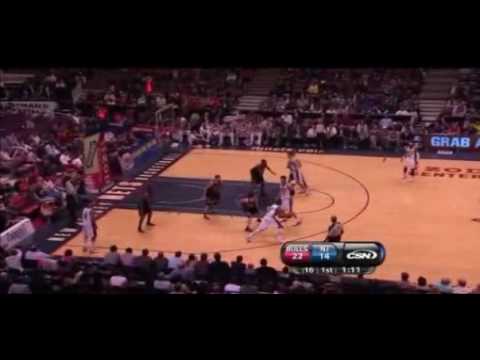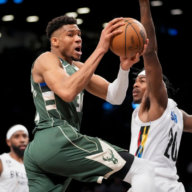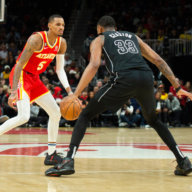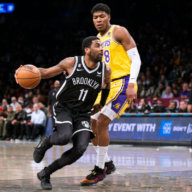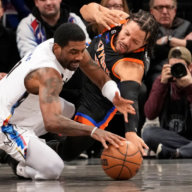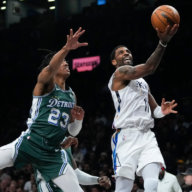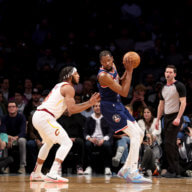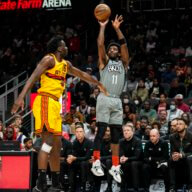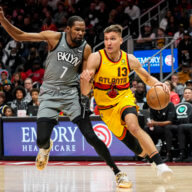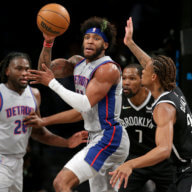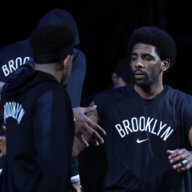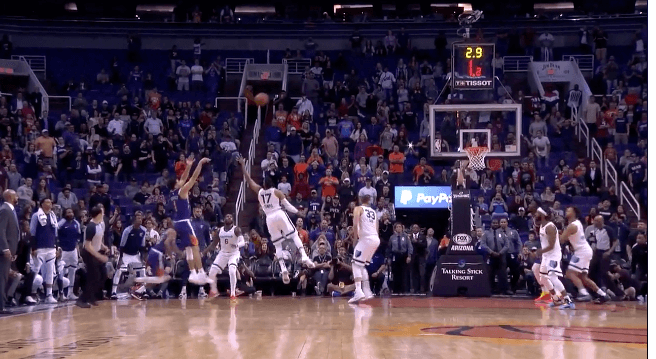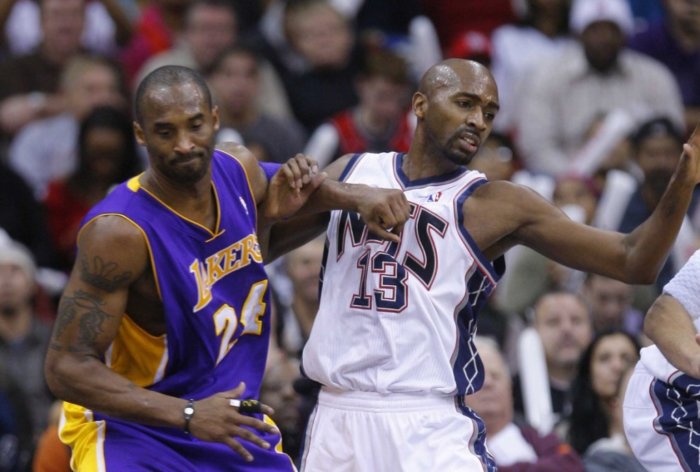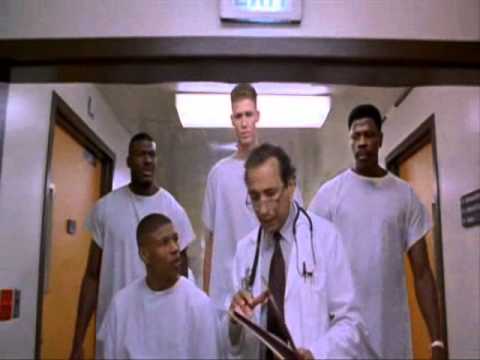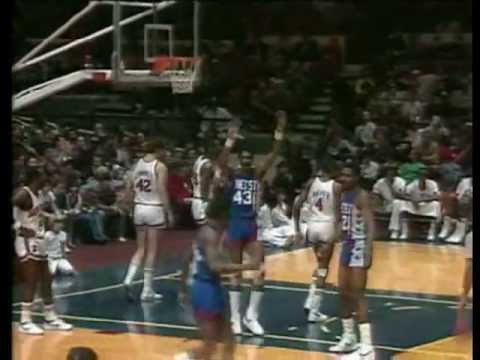This offseason is going to be an exciting one for the New Jersey Nets, but before we can move forward we must look back. Over the next couple of days, I am going to be looking at the Nets who will (most likely) be back, and review their year, from what they did well to what they didn’t. Today we are going to look at the Nets’ Player To Watch Next Year: Terrence Williams.
The Positives
Versatility
I was all for Terrence Williams ever since the Nets made him the 11th overall pick in last year’s draft. While I didn’t look too smart during the first half of the season with Williams really struggling, towards the end of the year, Nets’ fans got to see why I was so excited with the Terrence Williams, his versatility. Terrence Williams has the skills of a point guard in the body of a Small Forward, and his athletic ability allows him to do some pretty incredible things on the court. What makes his (and any player who has his kind of) versatility so important is that it creates so many problems for a defense. A pretty good example is from his triple-double game against Chicago:
Here, the Bulls start out with Kirk Hinrich on Deng. Williams has an advantage with his size, and he uses it, as he immediately takes the ball to the basket to get the lay-up plus the foul.
The Bulls then respond by putting Luol Deng on Terrence Williams. Deng is worried about Williams’ speed advantage, plays off of him, and allows Williams to knock down the easy jumper.
The above clip is a combination of all of his abilities. Here, he uses his size to get the rebound, then his athletic ability to get out on the break, and finally, he throws a pinpoint lob to Courtney Lee.
Passing Ability
It took Terrence Williams a little while to get adjusted to the speed of the pro game, but now that he is he has turned himself into a very good passer. Williams has a unique ability to throw passes one-handed off the dribble, and while those types of passes don’t look too fundamentally sound, the fact that he doesn’t have to stop and gather himself allows him to get the ball out of his hands and into the hands of his teammates quicker:
The Negatives
Getting To The Line
Terrence Williams biggest problem is that he doesn’t get to the line as much as he should. Williams’ free throw rate is only .22, significantly lower than the league average which is right around .30. Why doesn’t he get to the line as much? Well, Williams tends to settle for those little floaters in the lane, instead of trying to finish strong at the rim while getting contact. Someone with Williams’ size and athletic ability will more often than not have the advantage at the rim, he just needs to be aggressive when he gets there.
His Shot
With his improved shot selection, Terrence Williams saw his shooting percentages go up towards the end of the year. That doesn’t mean there is no room for improvement in that regard. Coming out of the draft, Williams’ shot was his biggest weakness, and it still is. Williams’ biggest problem on his shot is that he jumps so high on it, that he tends to float. When he floats, he doesn’t end up landing in the same spot from where he took off, and that just throws the rhythm of a shot off, and I think that is what is happening to Williams. I personally would like to see Williams try using a set shot from the three point line, but if that is too uncomfortable (it is probably pretty hard for a player to change the way he shoots after doing it one way his whole career), I would like to see him work on just jumping straight up and down during his shot. You can become a better shooter, just as Corey Brewer who went from one of the worst shooters in the league to someone who was competing for MIP votes this year, mainly due to his improved shot.

